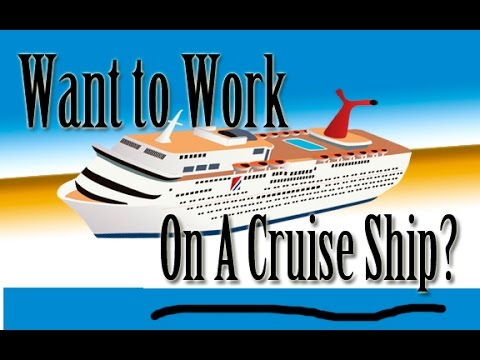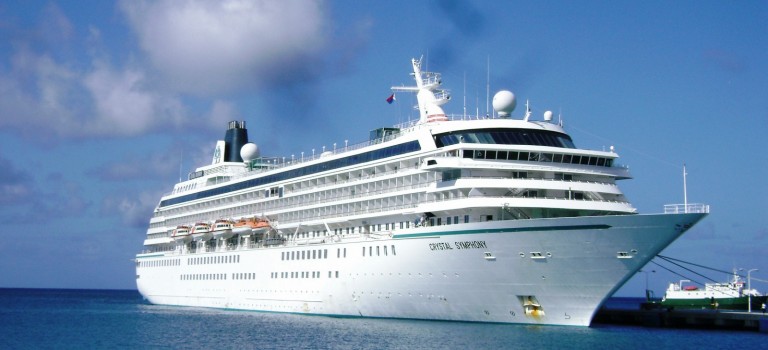
Since ancient times, Rhone has been an important waterway that connects central and eastern Gaul to Mediterranean. In medieval times, the river was used to transport goods and people in barges and horse-drawn water coaches. Today, the river flows through France as well as Switzerland.
Route of the Rhone
The Rhone River is a great waterway. It was once a major transportation route connecting northern and south France. Similar tunnels were constructed under mountain barriers in Switzerland's Rhone valley. In recent years, the river has undergone extensive improvements to make it more navigable. Dams and canals have made it possible to lift the river's bed and eliminate shoals.
The Rhone River cycle route begins in the high Alps of central Switzerland and flows west past Lake Geneva. The route then heads south towards the Mediterranean, near Marseille. The first 321 km are in Switzerland, passing through the cantons of Vaud, Geneva and Valais. The Rhone-Alpes region is the majority of the rest of France's route. It ends at the border of the provinces Languedoc-Roussillon et Provence-Alpes-Cote d'Azur.
Places to See along the Rhone
To discover the historical and cultural heritage of the Rhone river region, there are several places to visit. Pont Saint-Esprit with its 26 arches is one of the oldest bridges over the river. It was constructed between 1265 to 1309 and is among the oldest structures on the river. It connects Languedoc to Provence.

Valence, a riverfront town that pays homage its Gallo-Roman heritage through its medieval walls and medieval castle, is another place worth visiting. It's also home to the Theatre Romain, which puts on summer productions. Other attractions include Valence Museum, which contains art from 1600 to the present. Parc Jouvet, a charming park located along the riverfront, is another spot worth visiting for its picturesque scenery and historic structures.
Economy of Rhone basin
Over the centuries, the Rhone river has been used as a river transport route. However, the management of the river has evolved to include other uses such as energy production. CNR established 19 multipurpose plants totaling 3000 MW between 1948 and 1986. With climate change, the river's flow amplitude is expected to decrease by 50 to 75% during periods of low water.
The Rhone basin is a complex system of natural and socio-economic components. The changing riverscape reflects this interplay. The basin's hydrological regimes have been significantly altered by climate change. Additionally, the policy environment changes and puts pressure on different water uses. The shift in energy policy is also towards renewable production.
Locks on the Rhone
Although the Rhone River was once an unpredictable and powerful force, locks have made it manageable for hundreds of years. These locks controlled flooding, produced hydroelectric power, and allowed people and goods to travel along the river year-round. The rivers current reaches a speed of up to 10km/h. The first locks of the Rhone were built in China. They were only used in Europe in the 14th century. Leonardo da Vinci is known for inventing the idea of a locked room with two pairs gate. His invention of the canal lock was made in France in 1495.
River cruising would be impossible without locks. Without the locks, river depths would be too high to pass under bridges, and too low to float. Locks are crucial to river cruising.

Landscapes along the Rhone
The landscape along the Rhone river banks is a stunning sight. The river banks are covered with trees that attract wildlife and bees. There are many other plants and flowers that can be seen along with these trees. You can also see the river's natural geometrical patterns in the landscape. Boaters can enjoy the river as a spectacular sight and spend time exploring the villages and towns below.
The Rhone starts in the mountains and then gradually moves into the plain. The valley narrows at the beginning, but then becomes wider at the bottom. The confluence is in Lyon where the Rhone meets the Saone. It then flows into Lake Geneva, where it forms an enlarging delta.
FAQ
Can I bring my pet with me?
Most cruise lines allow pets to travel aboard. However, there are some restrictions. The first is to make sure your pet can travel. Pets who are too sick or unable to travel should not be allowed on board. A second rule is that service dogs cannot be brought on board. Service dogs are trained to assist people who are disabled. You cannot also bring any dangerous animal aboard.
Are there any restrictions on food while on cruise?
The answer is yes All cruises come with complimentary food. However, you must purchase drinks to enjoy them.
The type of ship you sail on will affect the cost. A luxury liner cruiser may cost $20-30 per person, depending on the drink you purchase. A smaller boat will likely cost you less, at $10-15 per head.
How do you choose the right cruise ship?
It's simple to choose the right line of cruise. First, decide what type of cruise you would like to take. Are you looking for a smaller, intimate cruise or one with many people? Consider how much you can afford. Look for cruises with all-inclusive packages if you're looking for something less expensive. This means that you will not have to worry about paying extra for food, drinks, entertainment, etc. If you are considering a family cruise, ensure the lines you choose have great programs for children.
Statistics
- In addition, 10 to 15 percent gratuity is typically added to bar bills — for alcohol and soft drinks — and gratuities are applied to spa treatments. (cruiseline.com)
- For an example of savings, Royal Caribbean offers up to a 40% discount with a dining package. (travel.usnews.com)
- *20% Gratuities Apply on Free Unlimited Open Bar; Free Specialty Dining. (ncl.com)
- You can save 15% off the total price if you book in advance of your trip. (travel.usnews.com)
External Links
How To
How to be safe on a cruise ship
Before you embark on your cruise, there are many things that you need to know. Behave properly onboard to avoid any problems. Here are some safety tips you can use to make sure you have a great trip.
-
Be aware of your surroundings at all times. On cruise ships, people often congregate, especially at mealtimes. Because you are surrounded with people who want to talk and eat, it is easy to get distracted from your tasks. This should not distract from what you are supposed do. If you notice someone engaging in dangerous behavior, such as smoking, or drinking alcohol, politely tell them to stop.
-
Always keep your room key close to you when you board the ship, and hand over your room key to the person checking you in. You will be able to tell them where you are if they need you. Keep your passport with you.
-
Keep valuables away from prying eyes. Many cabins have drawers underneath the bed. You can store important documents such as passports and credit cards. Be sure to keep nothing valuable out of plain sight. Place your bags in the closet.
-
Hydrate. While cruise ships have plenty of water, sometimes it can be difficult for passengers to remember to drink enough. Take advantage of the free bottled water available throughout the ship. Avoid becoming dehydrated. Dehydration can lead to fatigue, crankiness, and even fights.
-
Listen to announcements carefully. Announcements are posted everywhere, including on TV screens and public address systems. They include safety procedures and emergency exits as well as weather reports. These announcements are important. They might save your life!
-
Never leave your cabin unlocked. No matter how friendly or helpful a crewmember may appear, lock your cabin. Thieves are known to break in through doors that are not locked. Ask a crew member first if you need to use the bathroom.
-
Do not go overboard by yourself. If you fall overboard, it takes time for the ship's crew to rescue you. You may attract sharks or other sea creatures to your body while you are still on the ship's crew. You should wait until help arrives.
-
Never smoke inside the elevator. These elevators have high pressure, so smoke can build-up quickly. Get off immediately if you feel dizzy or lightheaded. Although the air outside may be fresh, that doesn't mean your breathing is safe.
-
Be familiar with the evacuation procedures. Each year thousands of people are killed by being stuck in elevators. In an emergency, you should follow the instructions displayed on the screen.
-
You should be familiar with fire drills. Fire drills are usually conducted once per day. During a drill, everyone on deck has to evacuate. Follow the instructions of the crew members. When the drill is finished, return to the cabin and lock your door.
-
Ask questions before accepting food or drinks. Cruisers often experience food poisoning. It is common for people to not realize that certain foods can't be eaten onboard ships. For example, raw oysters are forbidden aboard most cruise ships. If you're unsure whether or not the food you've been offered is safe, politely refuse and look for another meal instead.
-
Use the pool with caution Inadvertently falling into pools has been a frequent occurrence. If this happens to you, tread water until someone notices you. You may also slip and fall on the deck. So always wear proper footwear and pay attention to your surroundings.